People who know yield farming may have no issues understanding non-fungible token (NFT) farming. However, newbie investors may need help to understand NFT farming and its workings. NFT farming is a new investment concept among investors. It involves staking their NFTs or cryptocurrencies for rewards paid in NFTs.
The investment model shows that NFTs are not a fad like many believed when they became popular. Instead, they offer investors various opportunities to make money, especially through passive investment models like NFT farming. Now, let’s get into the details of NFT farming in this article.
What is NFT Farming?
NFT farming is an investment strategy that involves staking NFTs for rewards. These rewards are usually paid out in NFTs, making it possible for investors to earn more NFTs using their assets.
In other words, you may view NFT staking as yield farming in cryptocurrencies. The only difference is that the assets staked in this system are NFTs and not necessarily crypto assets.
So, it’s a combination of NFT technology and decentralized finance (DeFi) because staking only happens on NFT-compatible DeFi platforms. That way, people who stake their assets can improve liquidity on the platforms they use.

How Does NFT Farming Work?
As stated earlier, NFT staking combines DeFi with NFT technology. The idea is for investors who own staking-enabled NFTs to lock their assets up within staking protocols and get rewarded with additional NFTs for supporting the network’s functionality and liquidity.
The staking pools have specific annual percentage yields (APYs), which are determined by their smart contracts. These automated contracts use information like how much investors lock up and the overall staking volume to arrive at their individual staking rewards.
Besides staking, investors can also access DeFi lending using NFTs. This means they can leverage lending protocols to provide the liquidity needed for crypto loans. That way, borrowers can access their NFTs and pay back with an interest over a predetermined period. This happens on specialized NFT lending platforms supporting peer-to-peer (P2P) lending services.
To get started with either staking or DeFi lending, the user must get an NFT and DeFi-compatible crypto wallet like the Zypto DeFi Wallet. This wallet is what stores the investor’s NFTs and connects to the blockchain or DeFi platform where they want to invest.
After farming NFTs, the holders can sell them on NFT marketplaces for money. The extra funds from their staking rewards serve as profits made from their passive investments.
Pros and Cons of NFT Farming
Like every other kind of investment, NFT farming has its benefits and downsides. We assess these below to help investors make smart choices.
Benefits of NFT Farming
Passive Income Opportunity
NFT investors can generate passive income from their farming activities with little to no effort. All they have to do is lock up their assets within DeFi protocols and sit back for potential profits.
Investment Diversification
Active NFT and crypto traders can diversify their assets using NFTs. Instead of keeping one investment strategy, they can have a basket of mixed assets with potentially better returns.
Extra NFT Use Case
Many people consider NFTs as only digital assets for creatives to store videos, images, or artwork on blockchains. NFT farming changes this narrative by presenting itself as another use case for NFTs.
Risks of Farming NFTs
Market Volatility
Like cryptocurrencies, NFTs experience price swings. They are even more volatile because of their speculative nature and social media hype. As a result, their values can fall significantly at any time.
High Entry Barrier
Some NFT farming platforms are inaccessible to beginners or average investors due to their high minimum investment requirements. Such platforms require expensive or rare NFTs that are typically of higher value than regular ones.
Potential Smart Contract Issues
Every DeFi protocol or pool runs using smart contracts. However, since smart contracts run on codes, they can malfunction or even be hacked by malicious actors looking to steal investors’ assets.
Popular NFT Farming Platforms
There are many NFT farming platforms out there. Some popular options to consider include Zookeeper, Mobox, Bunicorn Finance, and Pulsar Farm. Many of them use the gamified NFT farming approach to boost engagement among investors.
Conclusion
NFTs have evolved beyond being digital art or gaming collectibles to become DeFi investment assets through NFT farming. This investment strategy allows asset holders to put their NFTs to work for profit. Interestingly, they don’t need to outrightly own the assets, as NFT lending platforms allow users to borrow NFTs over specific periods.
However, the risks associated with NFT farming, including volatility and potential technical glitches are worth considering.
Which NFT farming mode do you prefer between staking and lending? Why do you prefer the option? Let’s have some thoughts below.

FAQs
What is NFT farming?
NFT farming is an investment model that involves locking up NFTs for rewards in a DeFi platform. This is a common way to earn passive income from NFTs.
What types of NFTs can be farmed by investors?
Various kinds of NFTs support farming. These include gaming NFTs, utility NFTs, and collectible NFTs.
Is NFT farming profitable?
Yes, farming NFTs can be rewarding if things go your way. Provided the asset’s price increases, your profits are guaranteed. However, since the market can go either way, you can’t be so sure of profits from NFT farming.
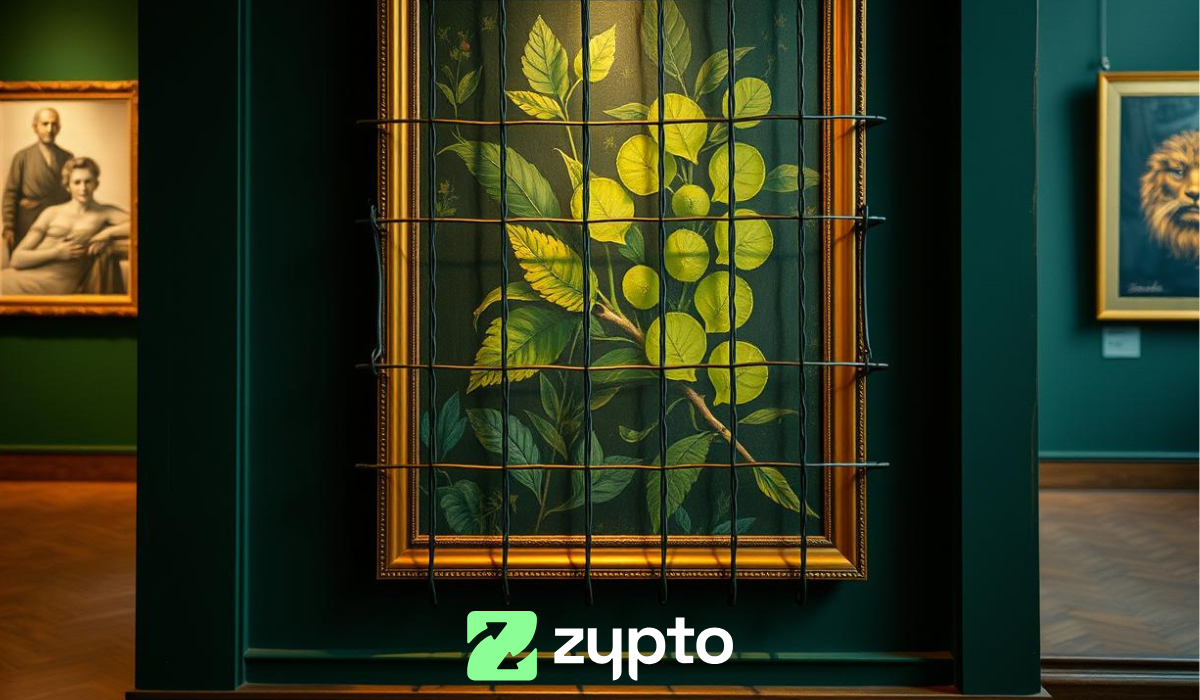





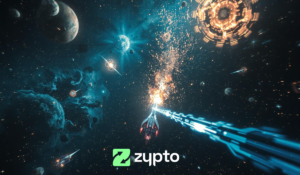

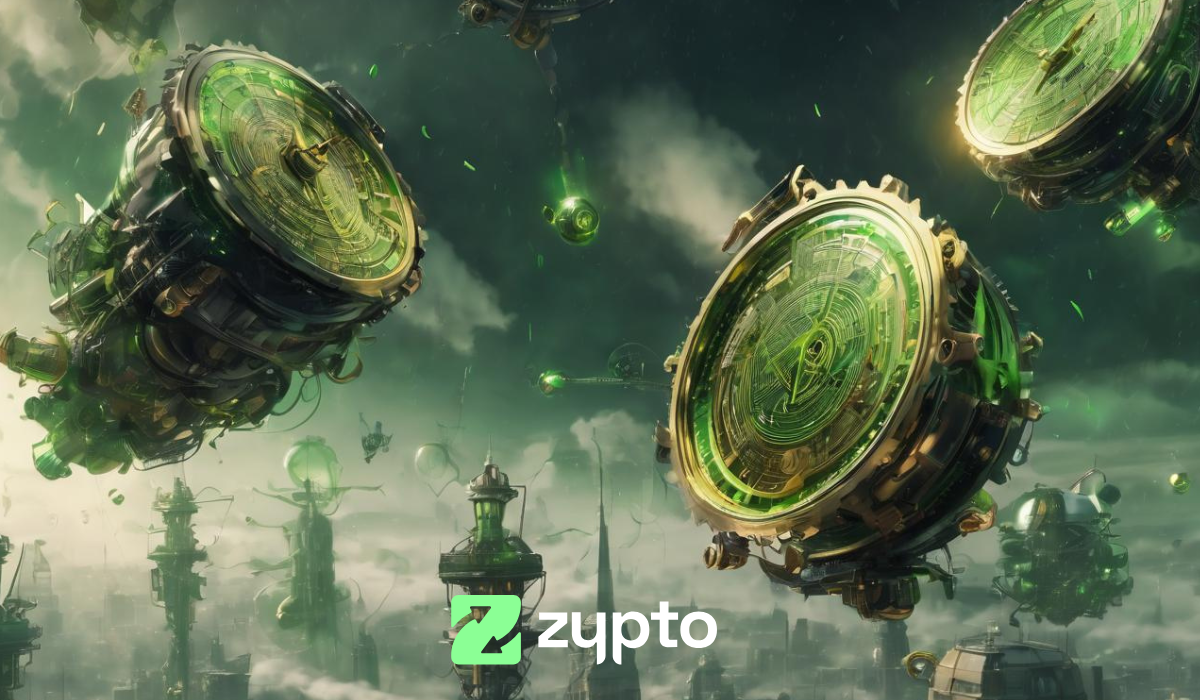
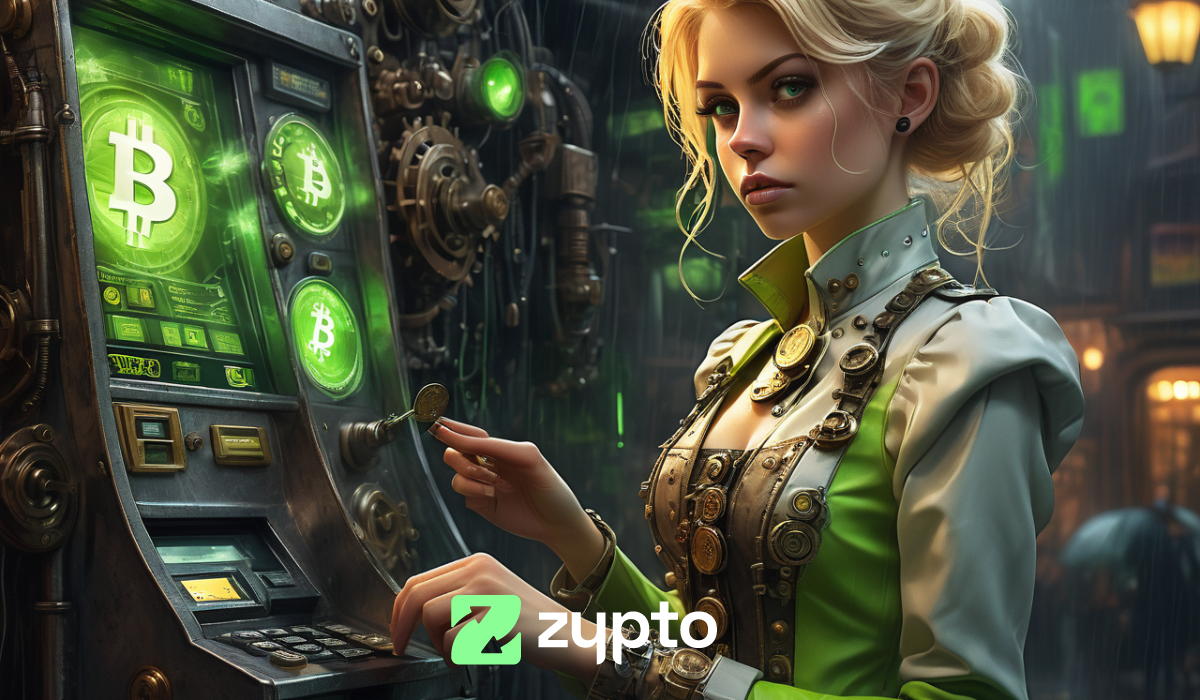

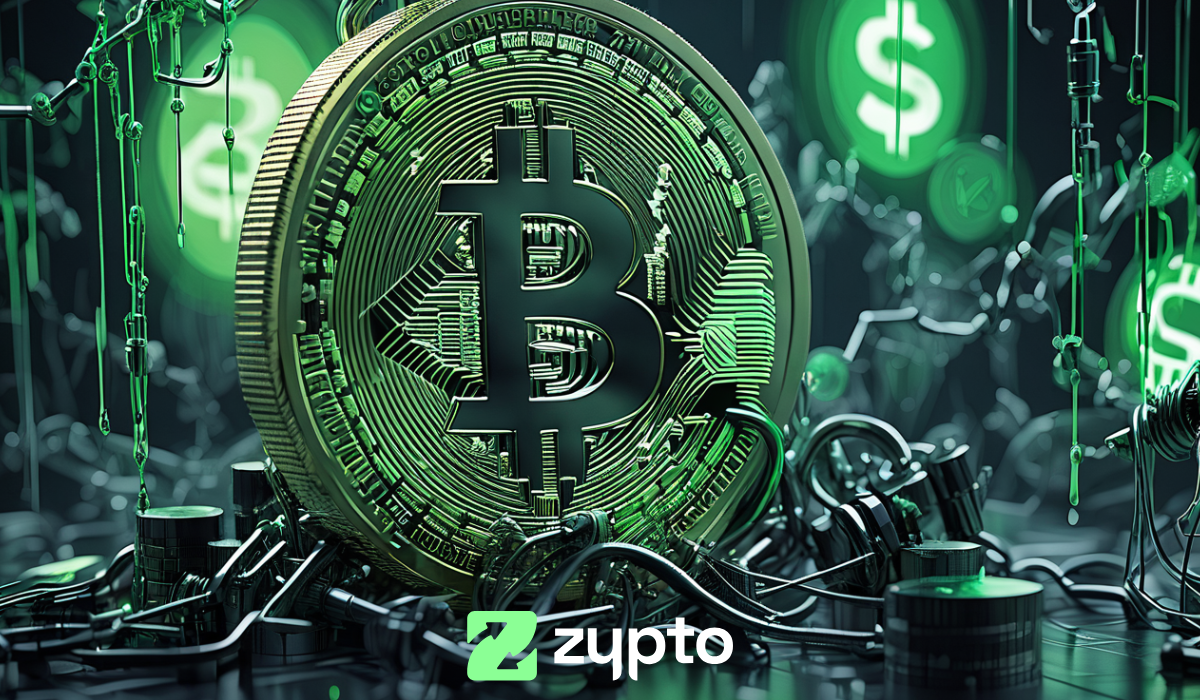

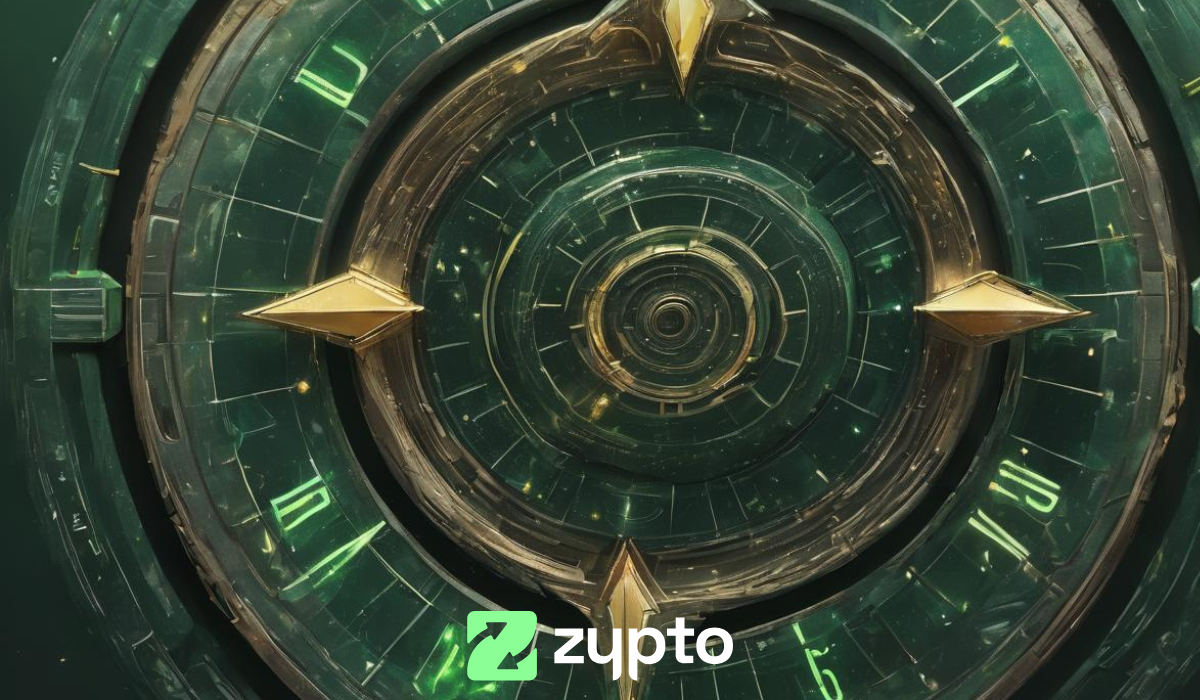
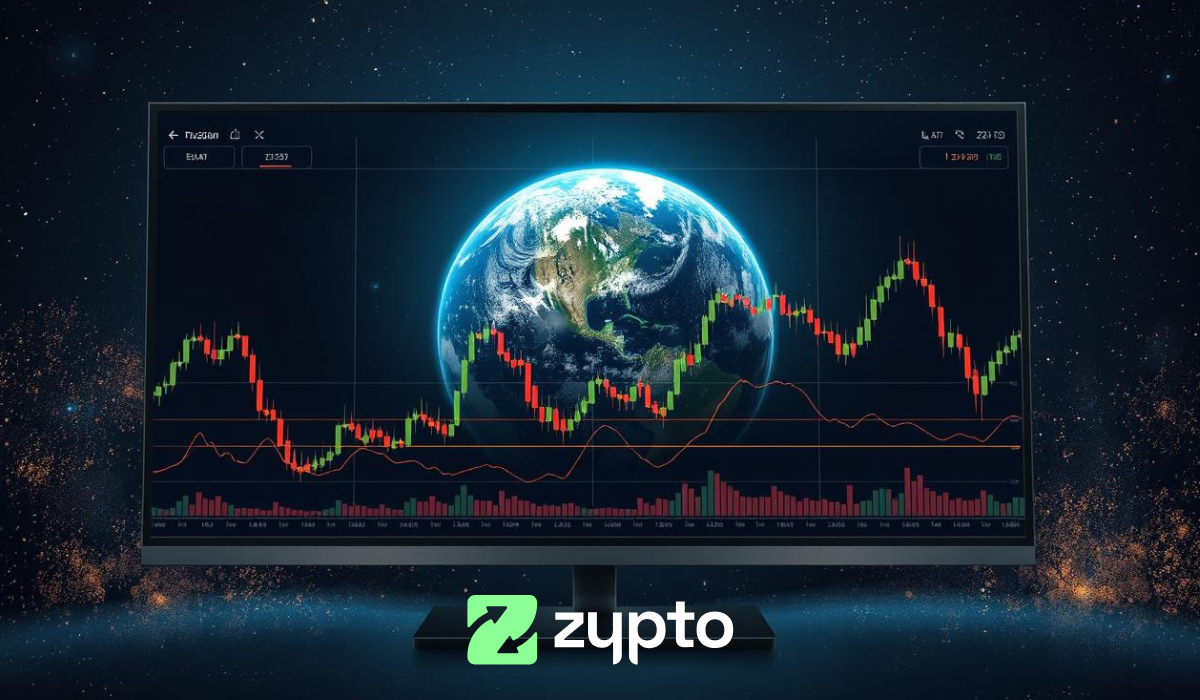
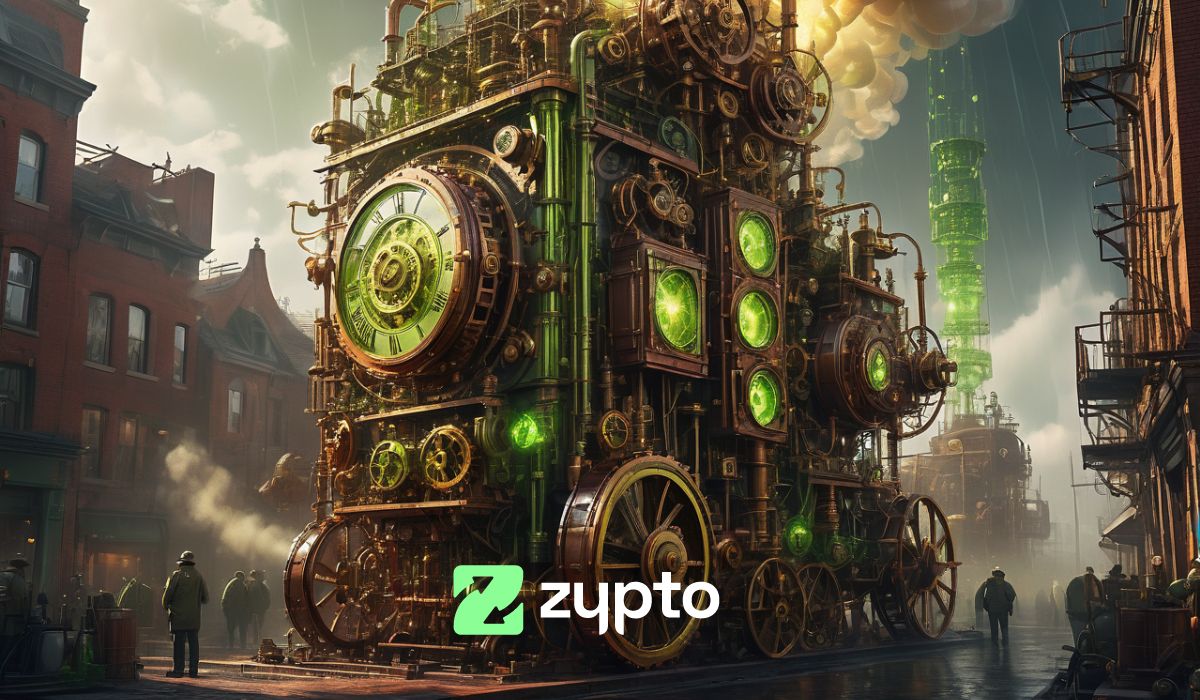
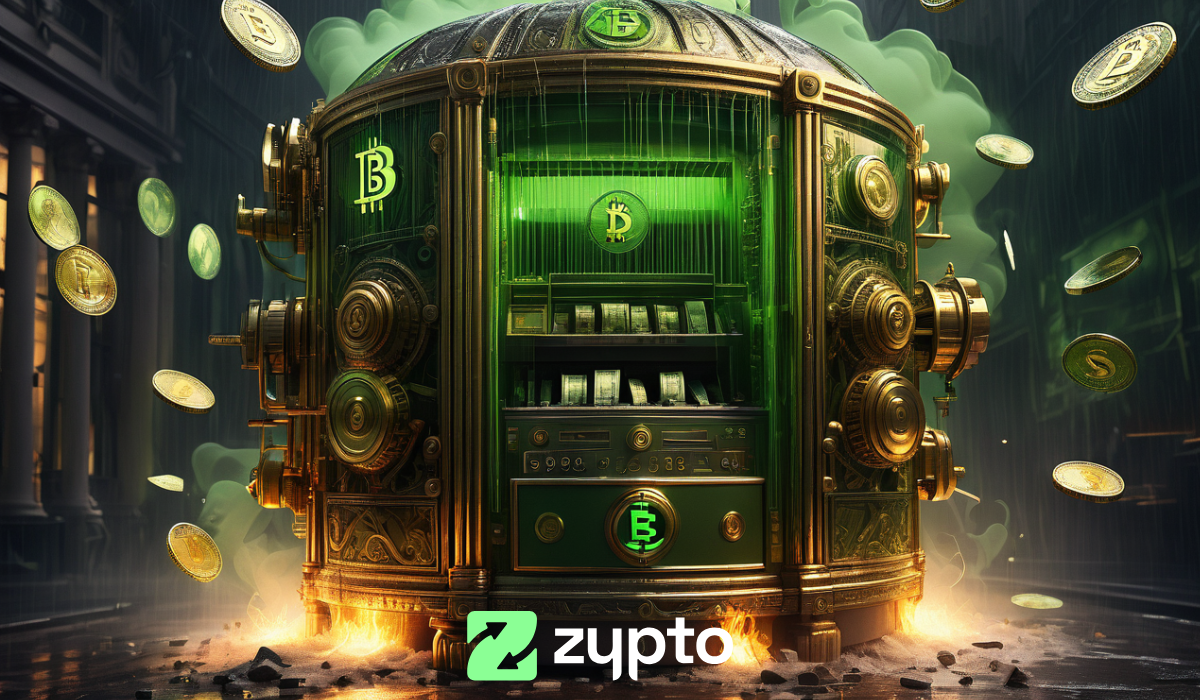
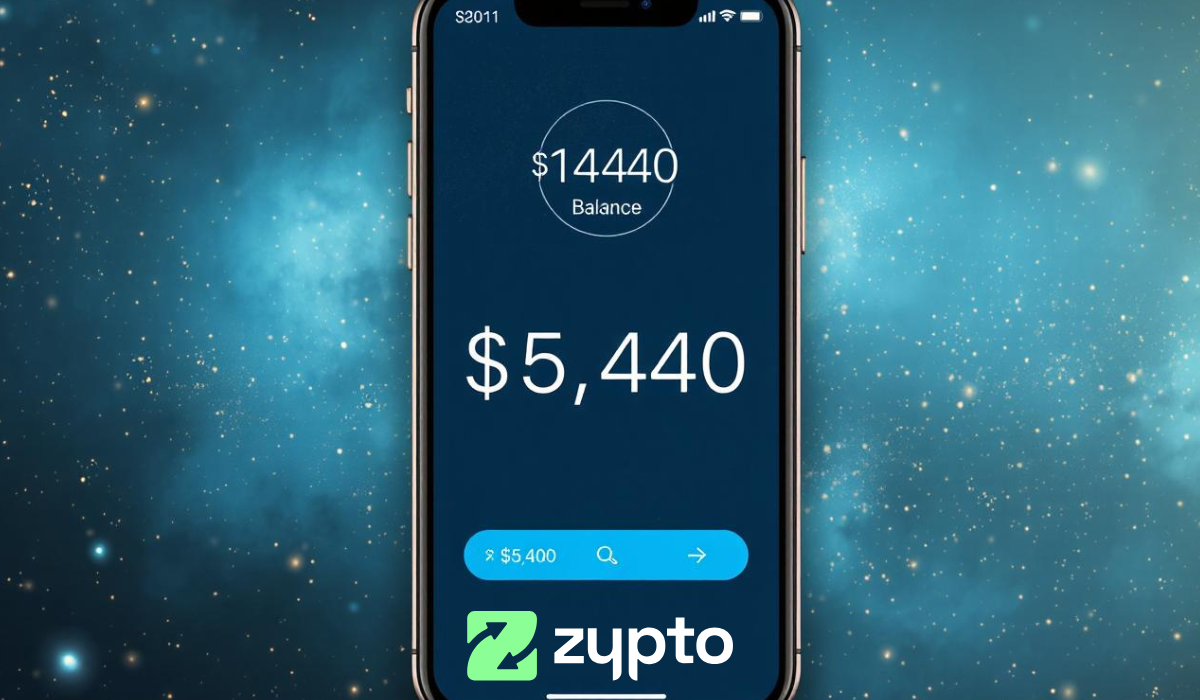

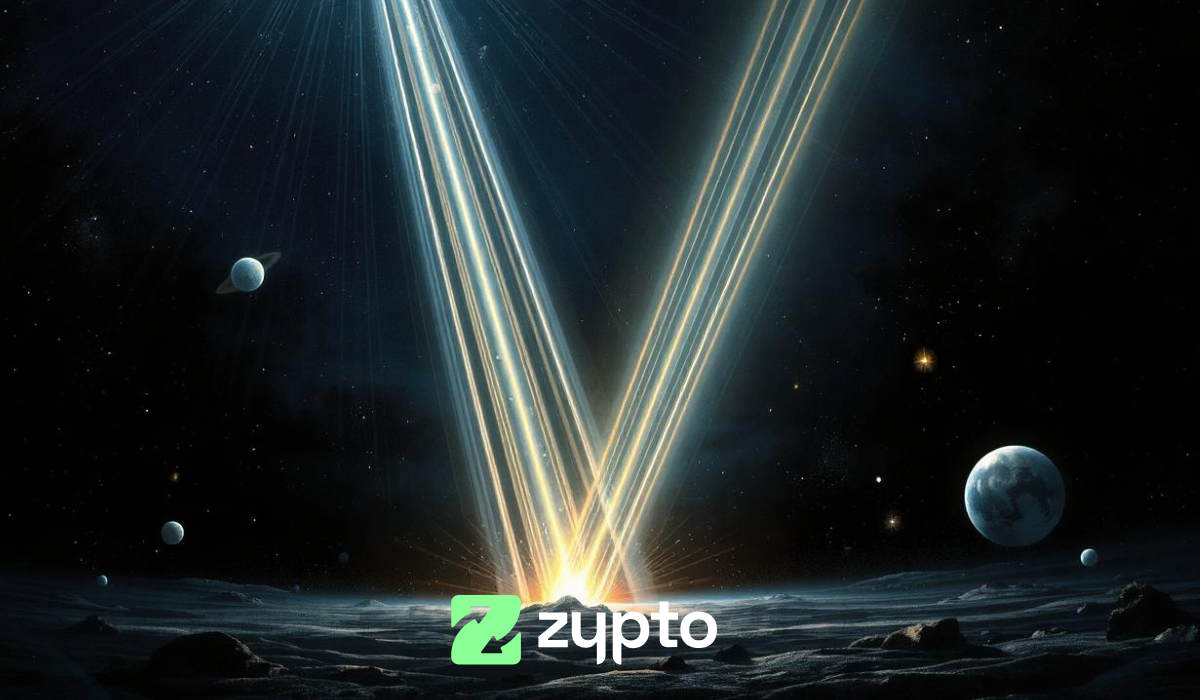
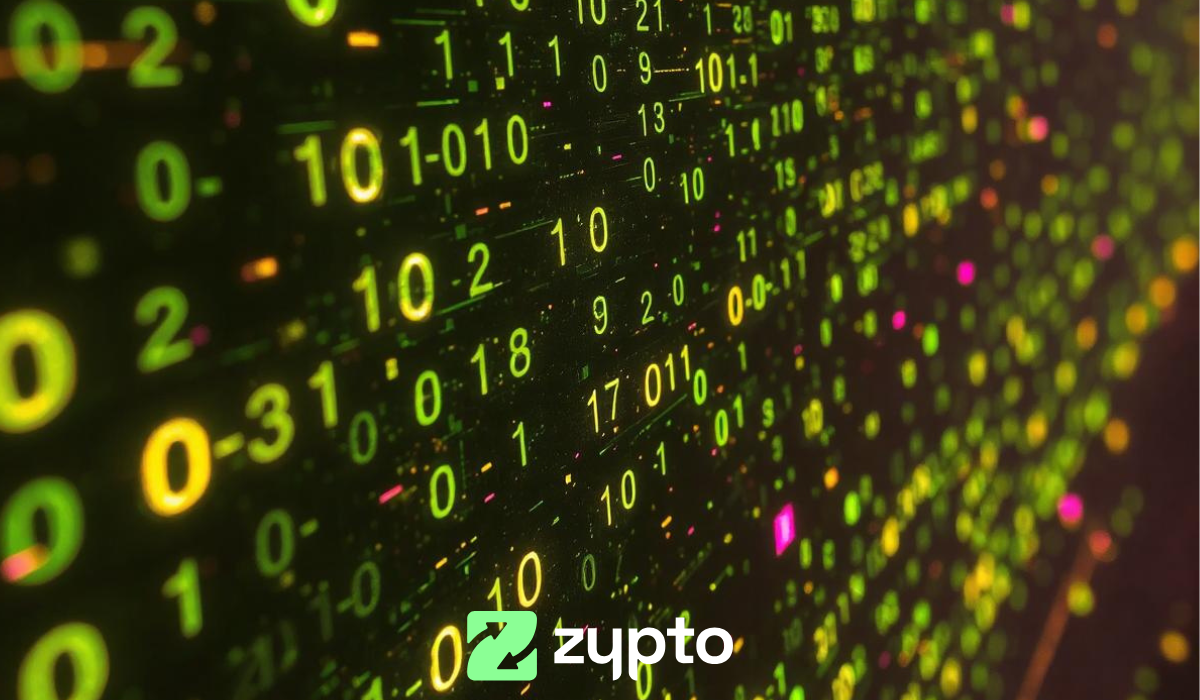

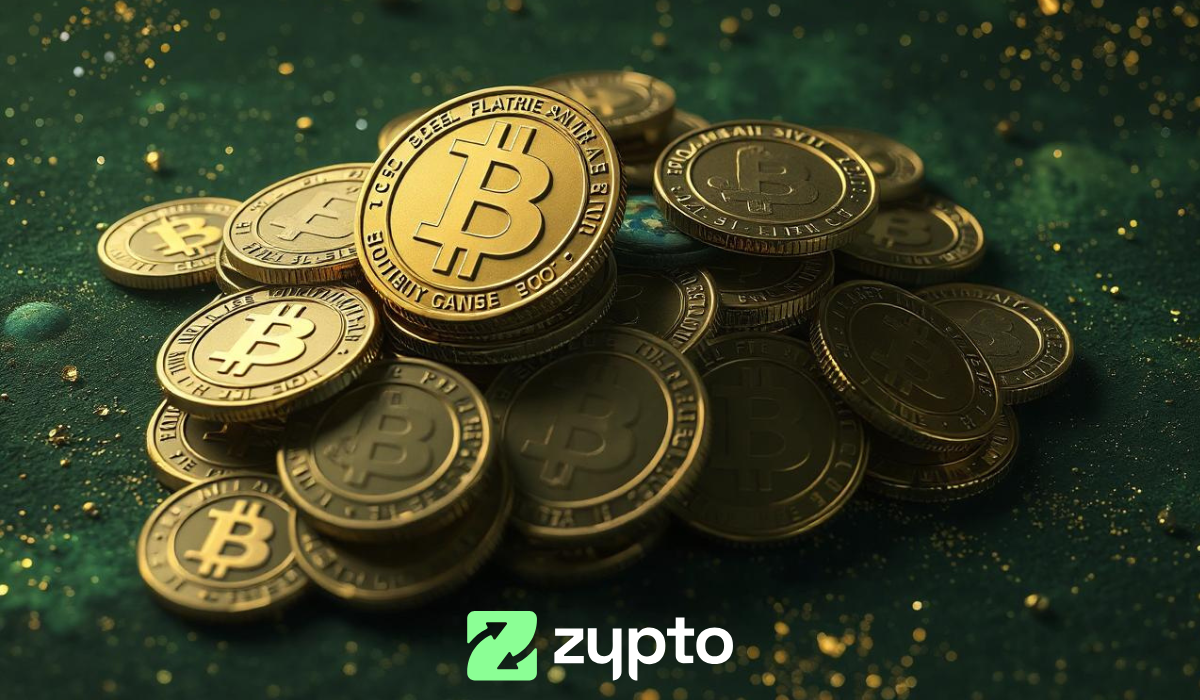
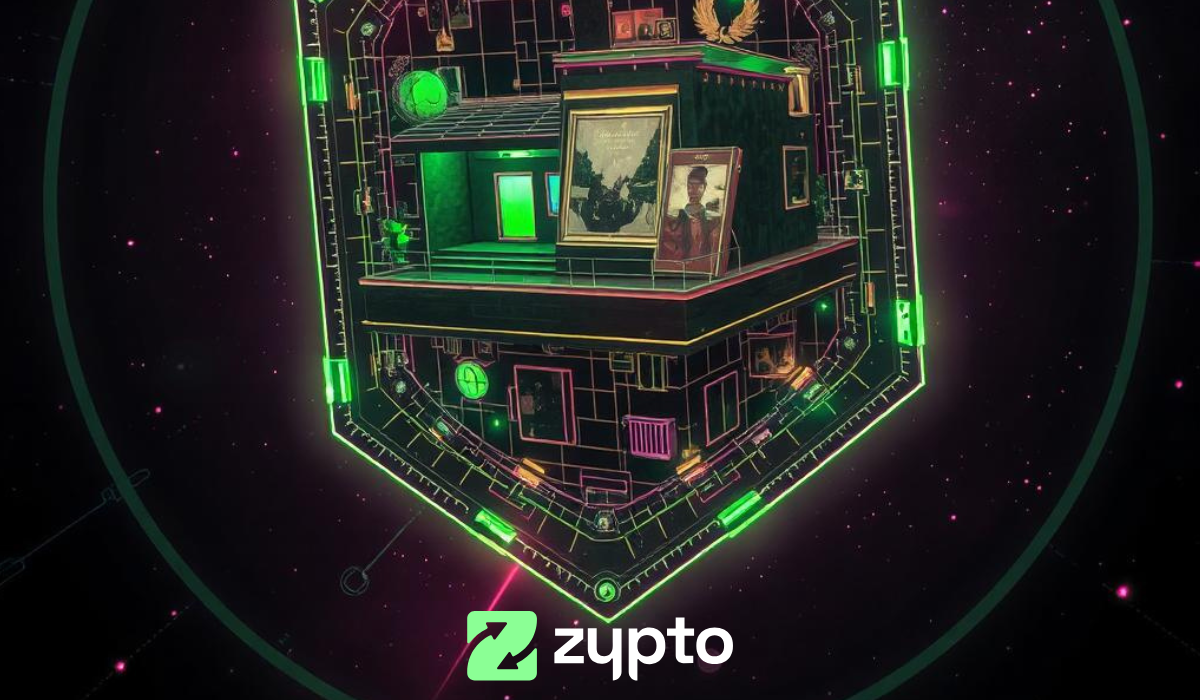
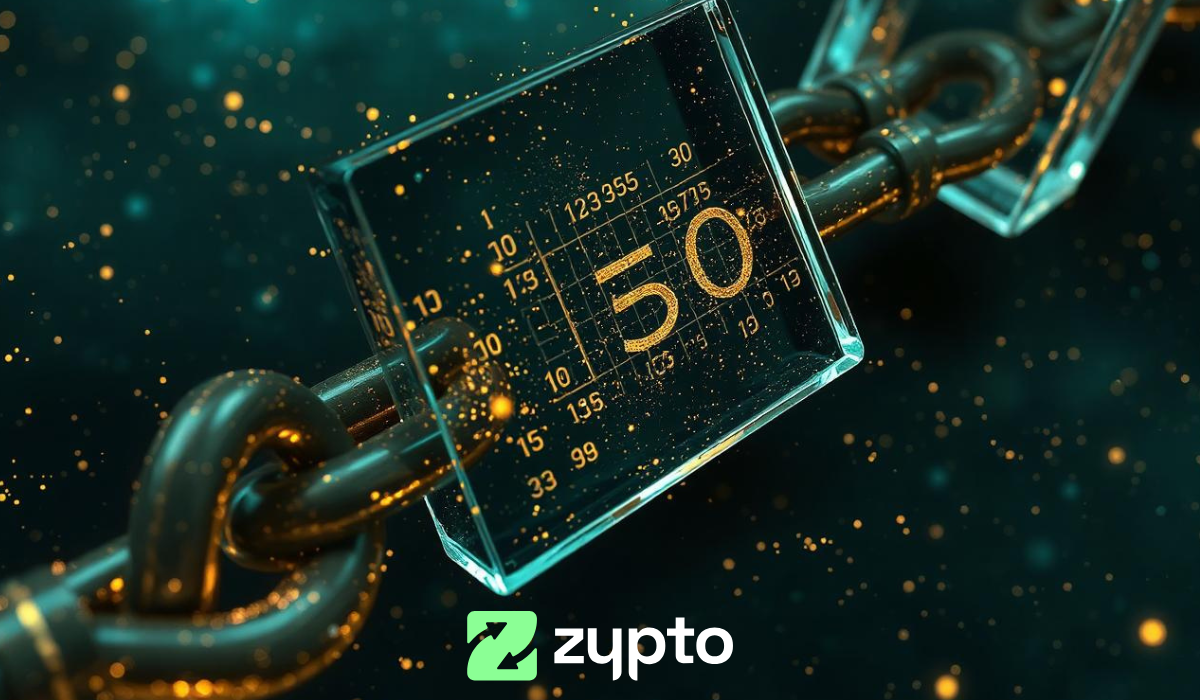
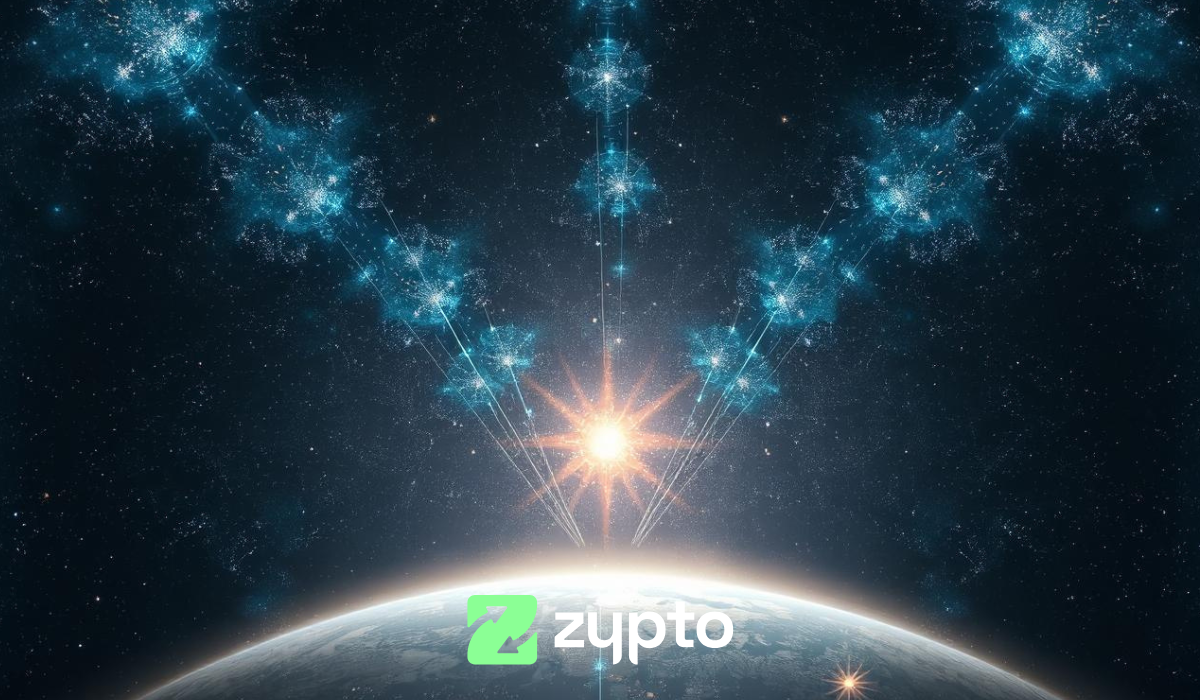

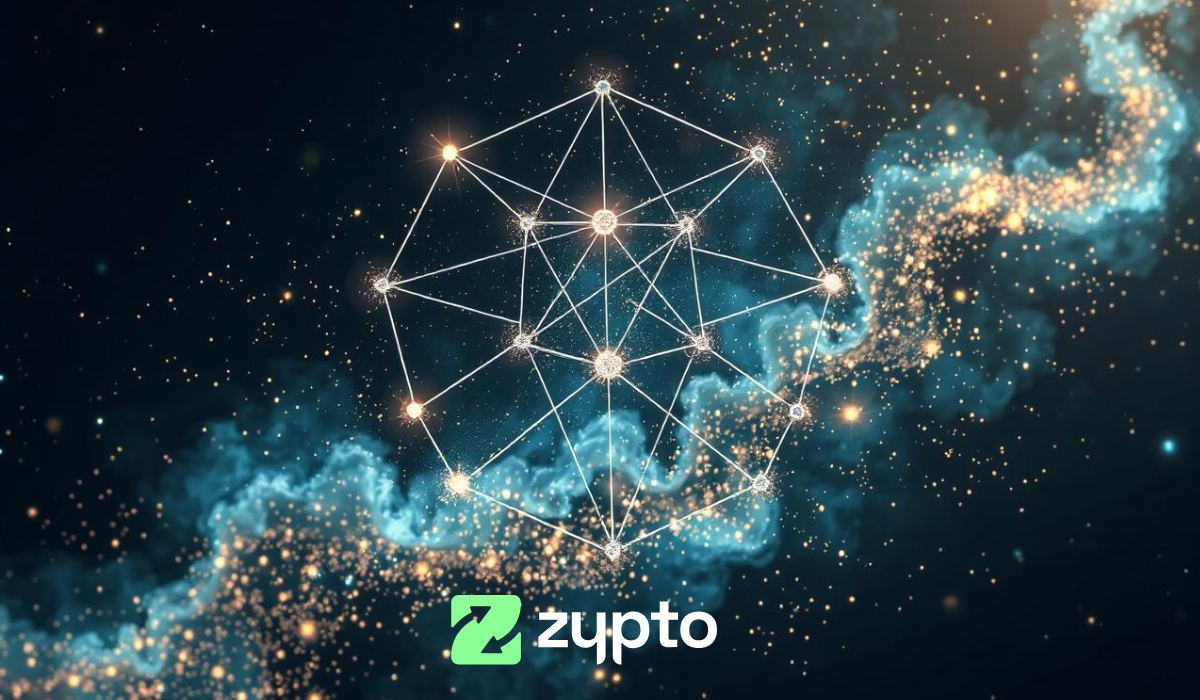

0 Comments